As a packaging material, glass bottles are mainly and widely used for food, oil, alcohol, beverages, condiments, cosmetics, liquid chemical products, etc., Glass bottles are highly transparent and corrosion-resistant, and will not change material properties in contact with most chemicals. Its manufacturing process is simple, free, changeable in shape, high in hardness, heat-resistant, clear, easy to clean, and can be used repeatedly.
The molding of glass bottles can be divided into three types: manual blowing, mechanical blowing, and extrusion molding according to the production method.
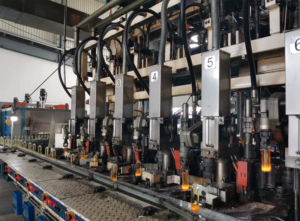
Manual blowing:
Ancient hand-made glass bottles do not have seams. The workers use iron pipes to pick out the glass liquid and blow it. The glass liquid mass is rotated in their hands, initially blown, blown up and formed, and then cooled and solidified to form a glass bottle. At that time, there were no initial molds, no molds, and no molds for bottle blowing, and each glass bottle made was different. Size is a personal skill, they are completely free to play. Therefore, there is no seam line when the glass bottle is blown in this way. This kind of glass bottle brings about different weights, different shapes, and different capacities. This has caused many problems in product packaging and filling. With the development of society, such glass bottles have been phased out gradually, and they are only maintained as handmade works of art.

Mechanical blowing:
There are four methods of making mechanically blown glass bottles.
1. Blow-blow method
This method is mostly used to cut small-mouth bottles, and vacuum-assisted forming can also be used in the initial mold of the EF-type machine. The so-called blow-blow method is to blow in the primary mold once to shape the mouth and blow it into a prototype, and then transfer it to the molding mold for the second blow molding. According to different feeding methods, it can be divided into two types of blow-blow molding: vacuum suction and drop feeding. The lotion bottles, dropper bottles, serum bottles, and perfume bottles at the mouth of the small bottle are usually blow-blown;
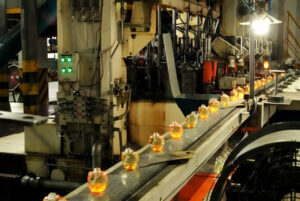
2. Reverse blow method
The finger rotates continuously while blowing the material bubble. In the rotary blowing method, the vacuum suction method is used for feeding materials, which is to suck out the glass liquid from the blocking brick, cut it and drop it into the forming mold, and the rotating shaft claw will quickly clamp it and then rotate and complete the blowing. series of actions. This method is suitable for the manufacture of very large size appliances.
3. Belt blowing method
The material is supplied by liquid flow, the glass liquid continuously flows out from the leakage hole, is rolled into a belt shape by the roller, and then relies on its weight and air to form an air bubble on the transmission chain, and then is closed and blown by the rotating molding die. Formed. The belt blowing method is mainly used to produce light bubble shells and teacups, etc., and the production capacity is very large. It was first invented and applied to industrial production by Corning Glass Company of the United States, and the production of cookware developed by Corning Company almost made use of this principle.
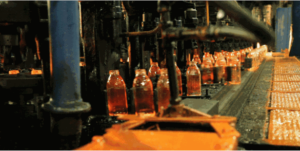
4. Press-blow method
The dripping material is pressed in the preliminary mold to form the mouth and then transferred to the forming mold for blow molding. The pressure-blowing method is easy to make the wall thickness of the product evenly distributed, so in addition to the production of hollow glass products such as wide-mouth bottles, some factories also use this method to produce small-mouth bottles. The difference between the pressing-blowing method and the blowing-blowing method is that the bottle mouth and the prototype of the former are pressed by the punch at the same time, while the latter needs to go through the pre-core, blowing, and blowing back to make the bottle mouth and prototype. The press-blow method is developed based on the blow-blow method and uses a punch instead of a core. Usually, large-mouth bottles are cream bottles, wide-mouth bottles, cream jars, mask jars, etc., and those with large mouths are generally pressure-blown.
Pressing method:
It is a method of injecting the melted glass into the model, placing the die ring, pressing the punch, and forming the product between the punch, the die ring, and the model.
However, because the surface of the products produced is not smooth, there are often spots and mold seams, and they are often not used for cosmetic bottles.

Shengwei Glass was founded in 2001, After more than 20 years of development and growth, the company has formed a set of product development, manufacturing, and sales in cosmetic glass packaging,
If you have any quires or questions about cosmetic glass packaging, please don’t hesitate to contact us now!

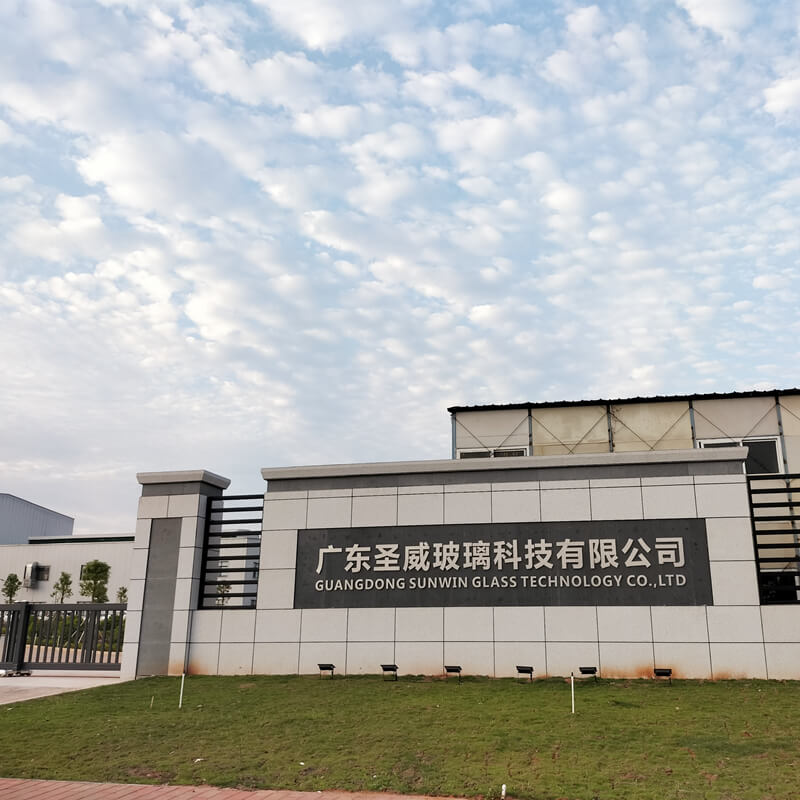
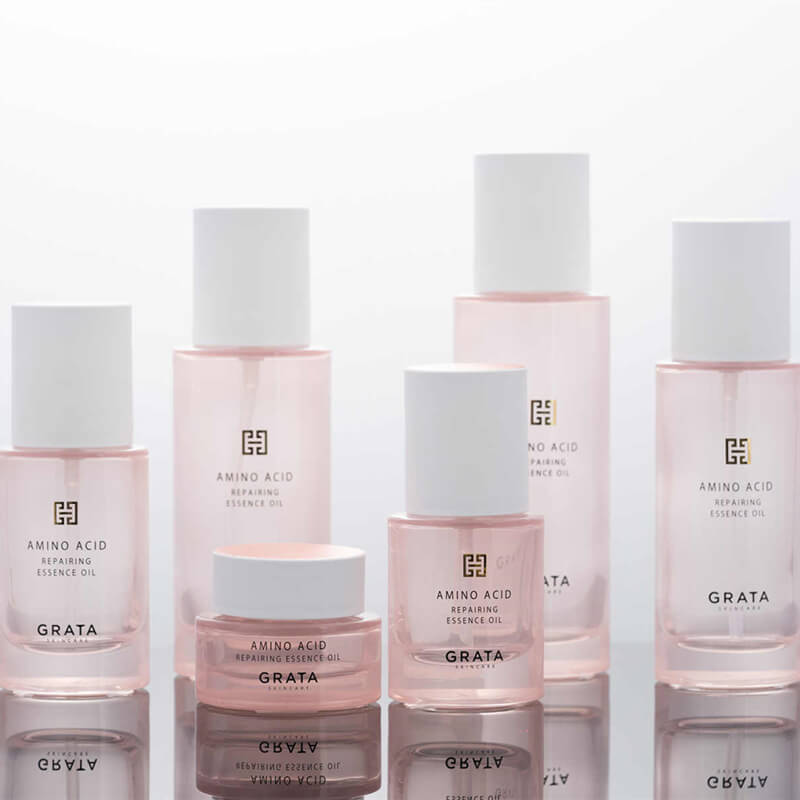
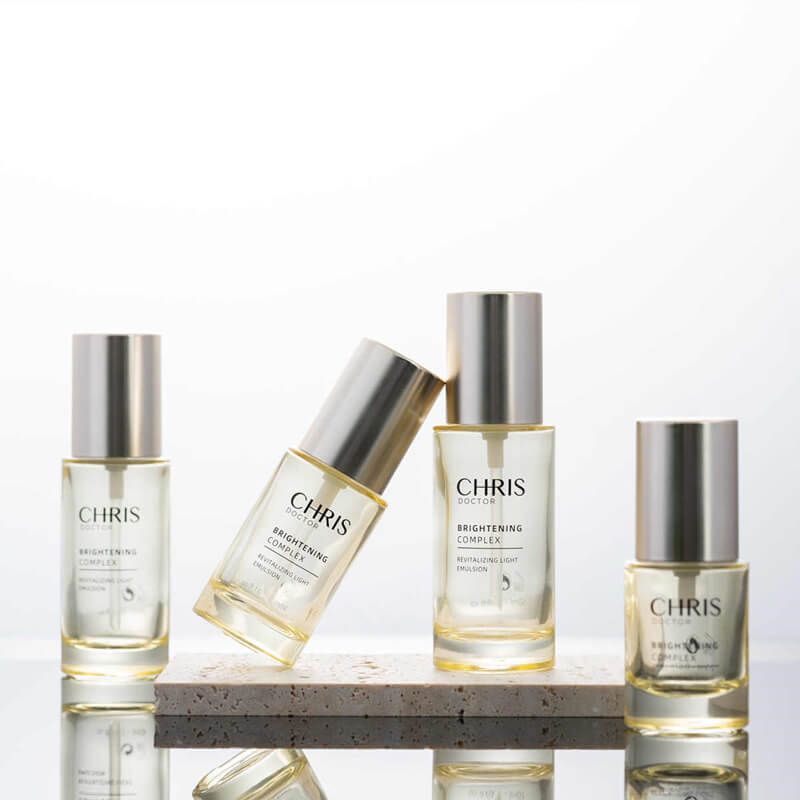
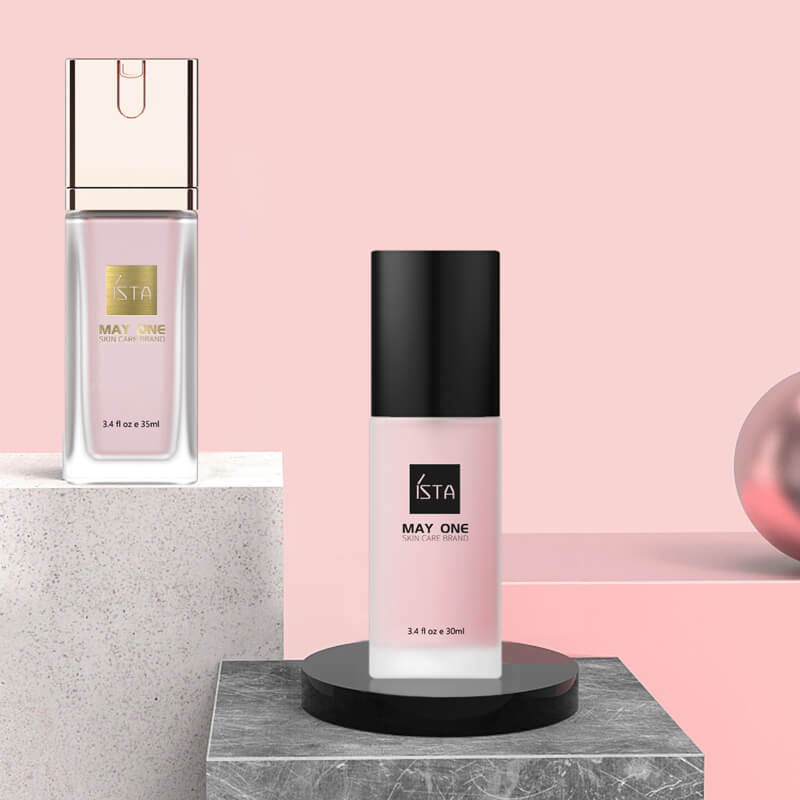




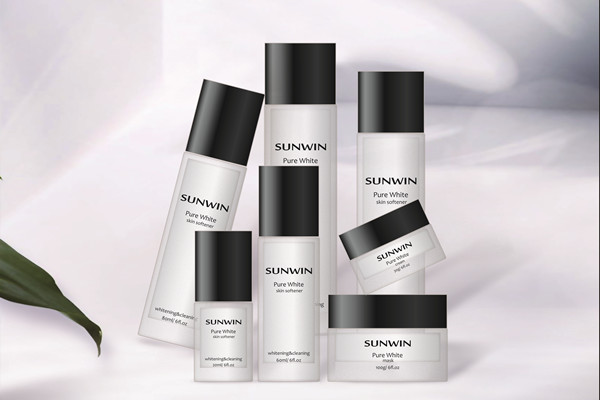
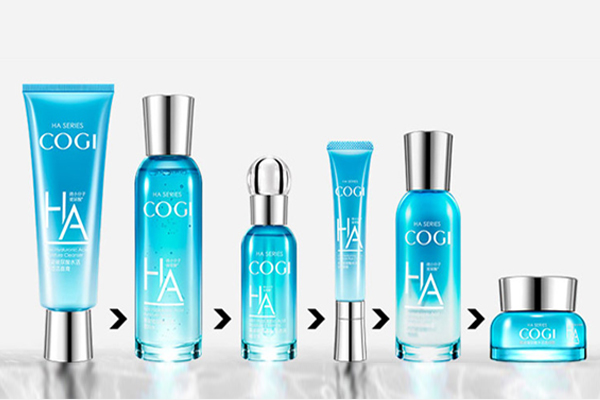

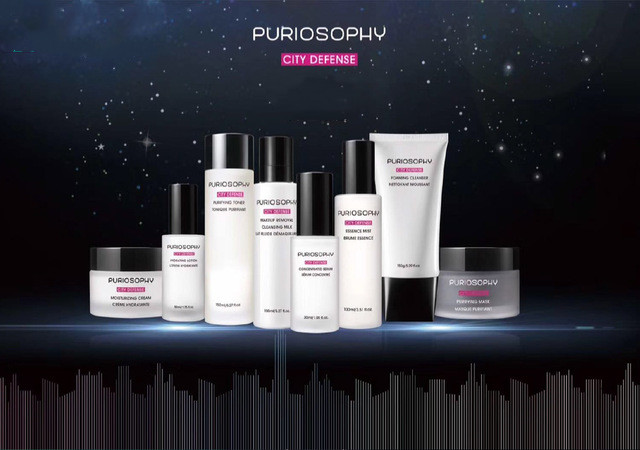
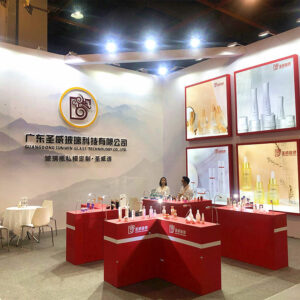
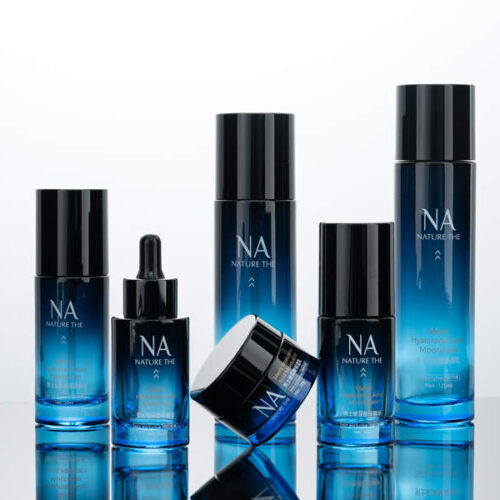
Very good blog post. I absolutely love this website. Keep writing!
In my opinion, it is an interesting question, I will take part in discussion.
Im excited to find this website. I need to to thank you for your time due to this wonderful read!! I definitely loved every little bit of it and i also have you book marked to check out new stuff in your blog.
I would like to thank you for the efforts youve put in penning this website. I really hope to check out the same high-grade content by you later on as well. In truth, your creative writing abilities has encouraged me to get my own website now 😉